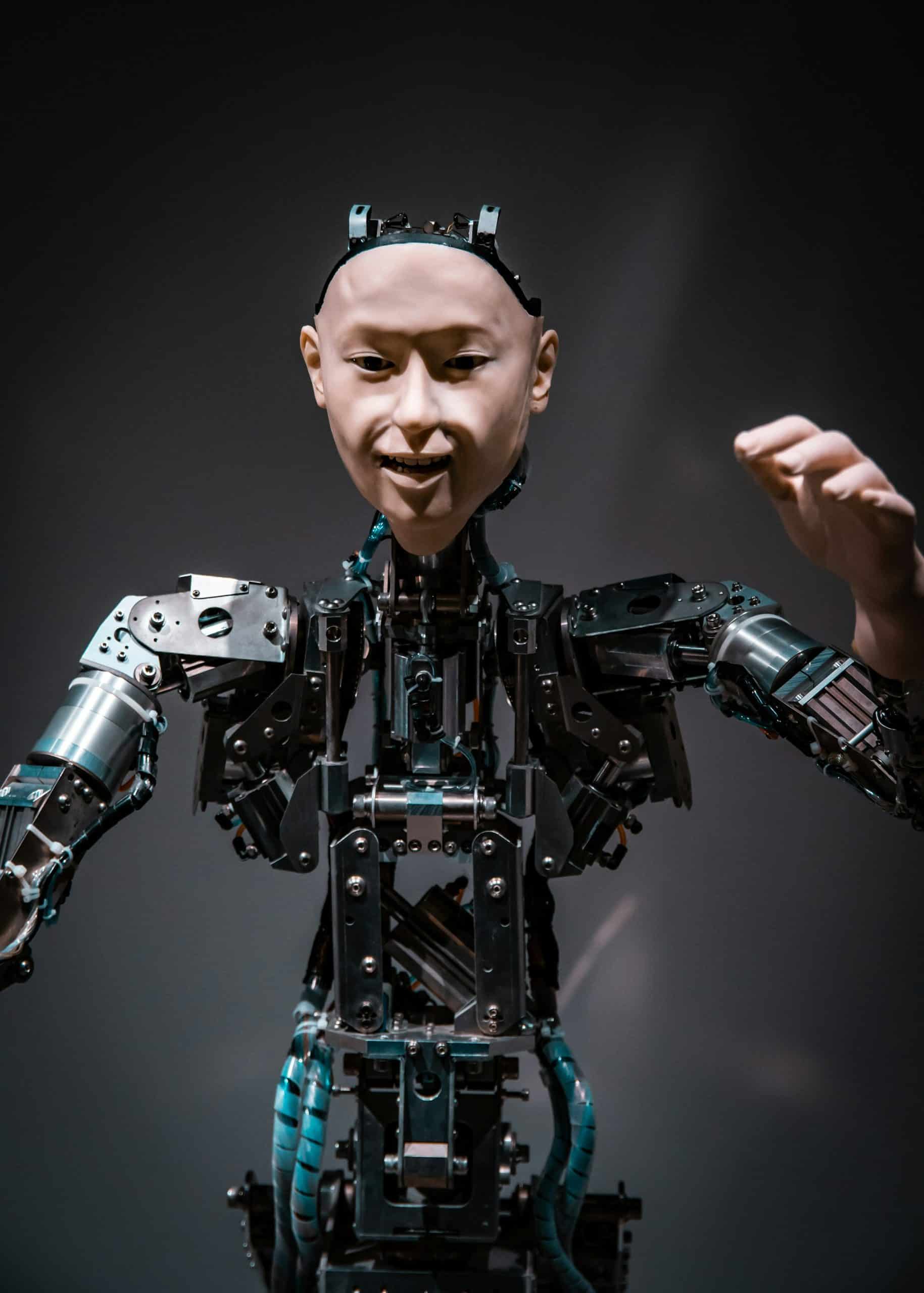The advent of technology has revolutionized the way we live and work. In recent years, one such technological marvel, the exoskeleton, has been introduced within heavy industries to improve workers’ efficiency and safety. This article aims to examine how exoskeletons are being used to support workers within heavy industries in the UK, specifically in the construction sector.
What is an Exoskeleton?
Before diving into the core subject, it’s essential to understand what an exoskeleton is. An exoskeleton, also known as powered armor, wearable robot or exo frame, is a wearable mobile machine that is powered by a system of hydraulics, pneumatics, levers, or a combination of technologies that allow for limb movement with increased strength and endurance.
Cela peut vous intéresser : Are Programmable Materials the Future of Self-Healing Structures?
Exoskeletons can be categorised into two primary types: passive and powered. Passive exoskeletons enhance human body mechanics without the use of active power sources, relying instead on springs and counterweights. Powered exoskeletons, on the other hand, utilise electric motors, hydraulics, or a combination of technologies to provide the user with increased strength and endurance.
The Impact of Exoskeletons on Worker’s Health and Safety
Exoskeletons have been progressively introduced into the work environment to reduce the risk of injury and improve worker health. In tasks that require repetitive lifting or carrying heavy loads, exoskeletons can significantly lessen the physical demand on workers, reducing the risk of musculoskeletal disorders.
A découvrir également : The role of clean contact lists in e-mail deliverability
Furthermore, exoskeletons provide enhanced support for the lower body, making tasks requiring squatting or bending over more comfortable and safer. Consequently, they can drastically reduce workplace injuries, providing a safer environment for workers.
In addition to physical support, exoskeletons also offer health benefits. By reducing the strain on the body, they can help prevent long-term health issues associated with heavy manual work, such as chronic back pain and joint disorders.
The Use of Exoskeletons in the Construction Industry
The construction industry is notorious for the physical demands it places on workers. Tasks such as lifting heavy materials, prolonged standing, and working in awkward postures are common. Therefore, it comes as no surprise that the construction industry is leading the way in implementing exoskeleton technology.
Exoskeletons used in construction typically focus on supporting the lower body and back, areas often under heavy strain. For instance, suitX, a California-based company, has developed a modular exoskeleton that can reduce the energy spent on specific tasks by as much as 60%.
Moreover, some exoskeletons are designed to assist with overhead work. EksoWorks, for instance, has developed an upper body exoskeleton that supports workers performing tasks above shoulder height, reducing fatigue and increasing productivity.
Scholarly Research into the Use of Exoskeletons
Universities and research institutions worldwide have been exploring the potential of exoskeletons. In the UK, several universities are known for their work in this field. The University of Salford, for example, has been researching ways to improve the fit and comfort of exoskeletons for construction workers.
The University of Nottingham has conducted research into the design of exoskeletons, seeking to improve their efficiency and ease of use. Furthermore, it has been studying the potential psychological effects of using exoskeletons in the workplace, a field that remains largely unexplored.
The Institute of Occupational Medicine (IOM) has also conducted research into the health and safety benefits of exoskeletons. Its research indicates that exoskeletons can reduce the physical strain on workers, reduce fatigue and ultimately improve worker health and safety.
Future Directions for Exoskeletons in the UK
While the adoption of exoskeletons within UK industries is still in its early stages, the future looks promising. As technology continues to advance and become more affordable, the use of exoskeletons among workers is expected to grow.
In addition to the construction industry, other industries such as manufacturing, healthcare, and logistics are also beginning to explore the use of exoskeletons. As the benefits of exoskeletons become more widely recognized, it is anticipated that their use will become more widespread.
Furthermore, the UK government is showing increasing interest in exoskeleton technology. As part of its industrial strategy, the government has identified robotics and artificial intelligence as one of its ‘Grand Challenges’. This suggests that we can expect to see increased investment and support for the development and adoption of technologies such as exoskeletons in the coming years.
In conclusion, the potential benefits of exoskeletons for UK workers are vast. By reducing the risk of injury and improving worker health, exoskeletons can enhance productivity and worker satisfaction, ultimately contributing to more efficient and sustainable industries in the UK. As technology continues to evolve, the role of exoskeletons in supporting UK workers looks set to grow, shaping the future of work in heavy industries.
Advancements in Exoskeleton Design and Effectiveness
The effectiveness of exoskeletons is greatly influenced by their design. As observed in various studies on Google Scholar, exoskeletons have been evolving with advancements in technology to better cater to the needs of the human body. The design of powered exoskeletons focuses on effectively distributing the load across the body, thereby reducing muscle activity and the risk of musculoskeletal disorders.
Notably, the design of passive exoskeletons emphasizes the enhancement of body mechanics without the need for an active power source. This involves the careful placement of springs, counterweights and levers to provide the required support and strength. Some designs even feature full body support to ensure that the load is evenly distributed across the body.
Recent research has also focused on the design of limb exoskeletons that specifically target the upper body or the lower limb. Upper body exoskeletons are particularly beneficial in tasks involving manual handling of heavy objects, as they reduce the strain on the arms and shoulders. Lower limb exoskeletons, on the other hand, are designed to support the legs and feet, making tasks involving prolonged standing and walking less strenuous.
Many studies, including those found on PubMed and DOI, have demonstrated the effectiveness of these designs in reducing physical strain, muscle activity, and the risk of musculoskeletal disorders, thereby improving overall health safety of workers.
The Future of Exoskeletons in the UK: Opportunities and Challenges
The future of industrial exoskeletons in the UK is filled with opportunities and potential challenges. As mentioned earlier, the UK government’s commitment to advancing robotics and artificial intelligence as part of its ‘Grand Challenges’ indicates a promising future for exoskeletons. In fact, the UK government’s interest could lead to increased research, development and adoption of exoskeletons across various industries.
However, the widespread use of exoskeletons may come with challenges. For instance, while wearing exoskeletons, workers may need to adapt to the new physical sensations and changes in body mechanics. This could lead to a period of transition and adaption which may affect productivity temporarily.
Moreover, integrating exoskeletons into the workplace may require changes in existing work processes and safety protocols. This could pose a challenge, especially for smaller businesses and companies operating on tight budgets.
Nonetheless, the benefits of exoskeletons far outweigh the potential difficulties. With the advancements in technology and increased government support, it is expected that these challenges can be effectively addressed, paving the way for a future where exoskeletons are an integral part of the UK’s heavy industries.
Conclusion
In the face of evolving workplace demands, exoskeletons present a transformative solution for heavy industries in the UK. By reducing muscle activity, improving health safety, and enhancing the physical capabilities of workers, these wearable machines have the potential to revolutionise the way work is conducted.
As technology continues to advance, powered exoskeletons and passive exoskeletons will likely grow more sophisticated and accessible. Meanwhile, continuous research provides valuable insights into the design of limb exoskeletons, ensuring that they are tailored to the needs of workers in various industries.
However, the path towards widespread adoption of exoskeletons is not without challenges. Transition periods, changes in work processes, and financial constraints may pose obstacles. Yet, with government support and persistent research, these hurdles can be overcome.
Looking forward, the exoskeleton technology represents an exciting frontier in the quest for safer, more efficient workplaces. As more industries begin to recognise its potential, the use of exoskeletons in the UK is set to expand, signalling a bright future for workers in heavy industries.











